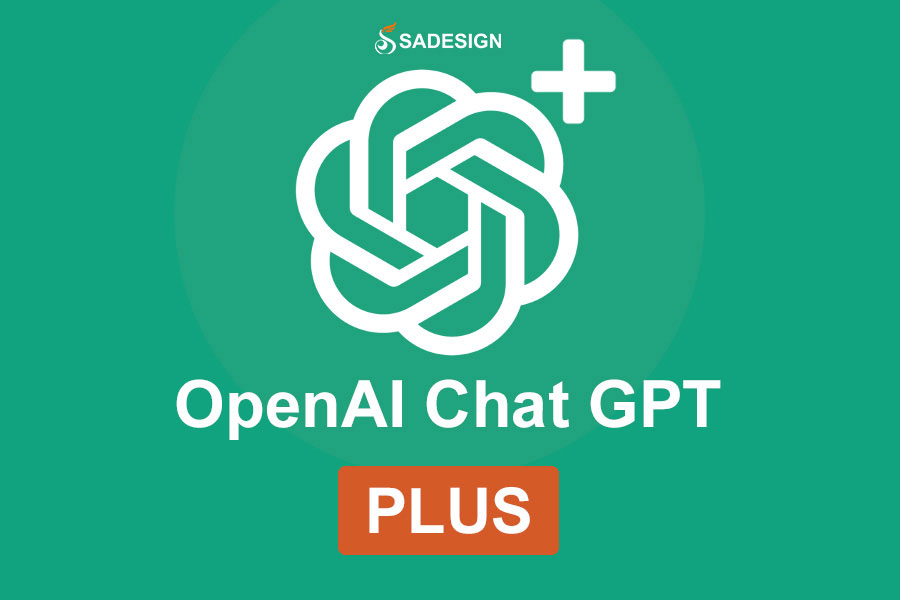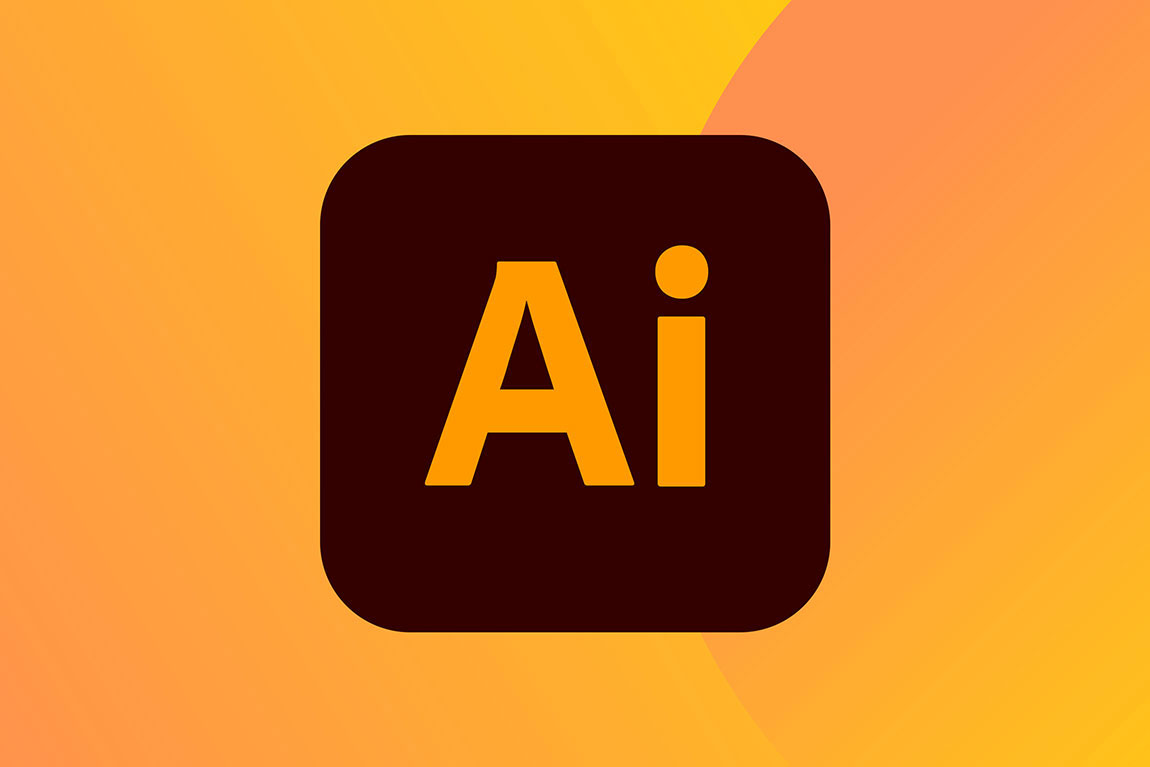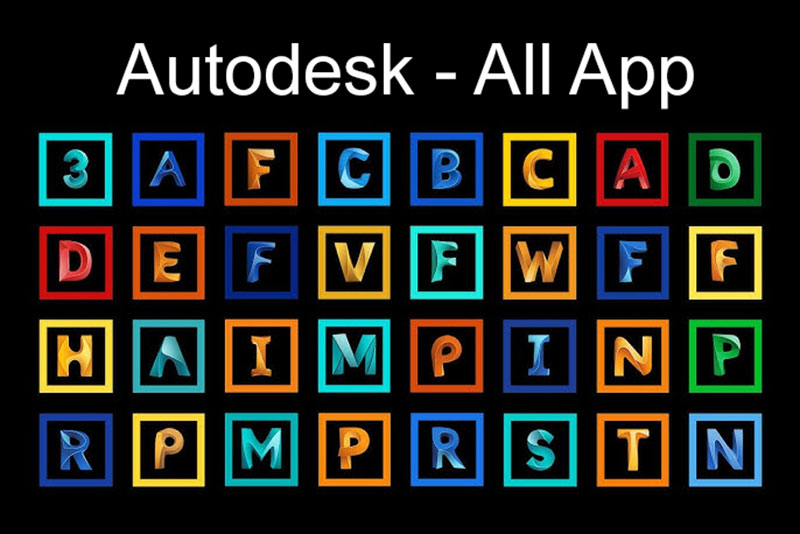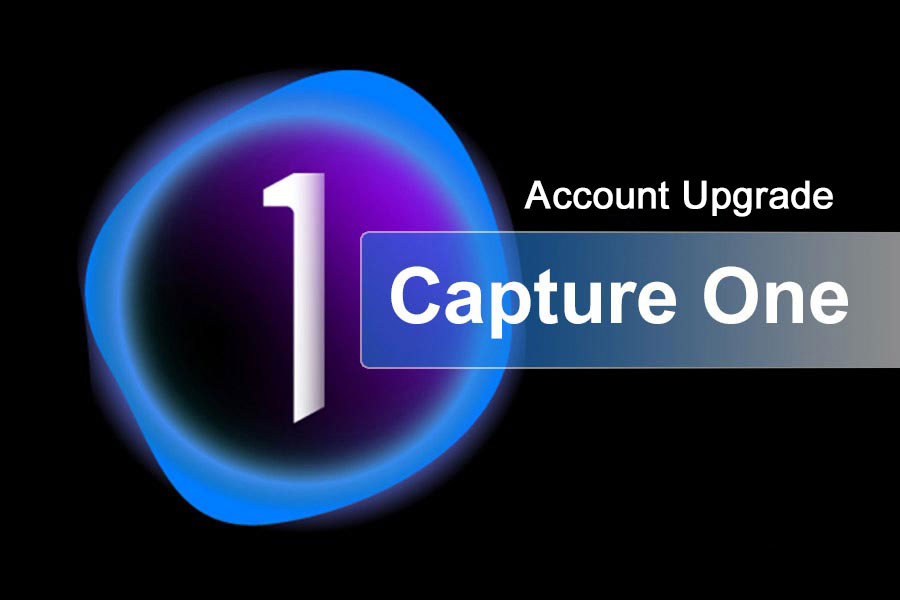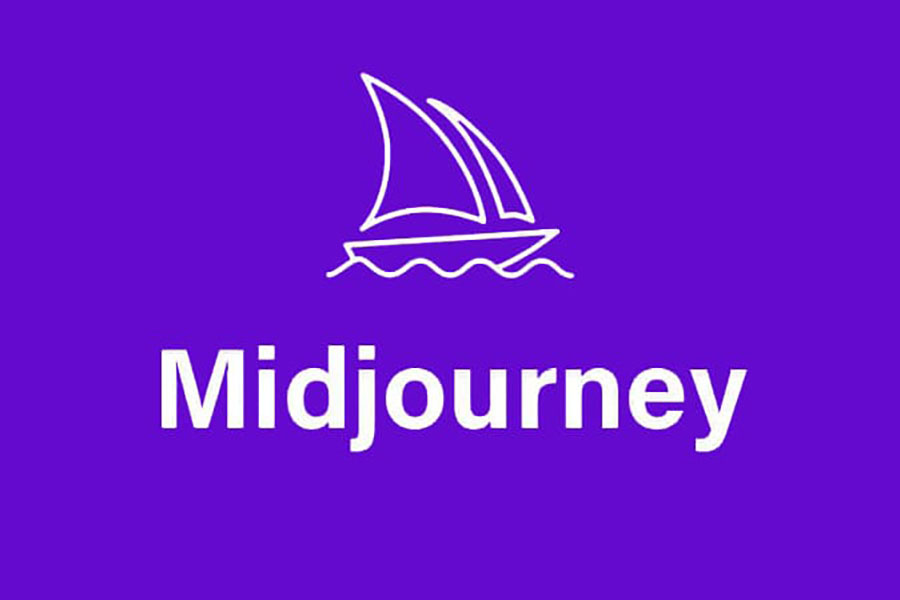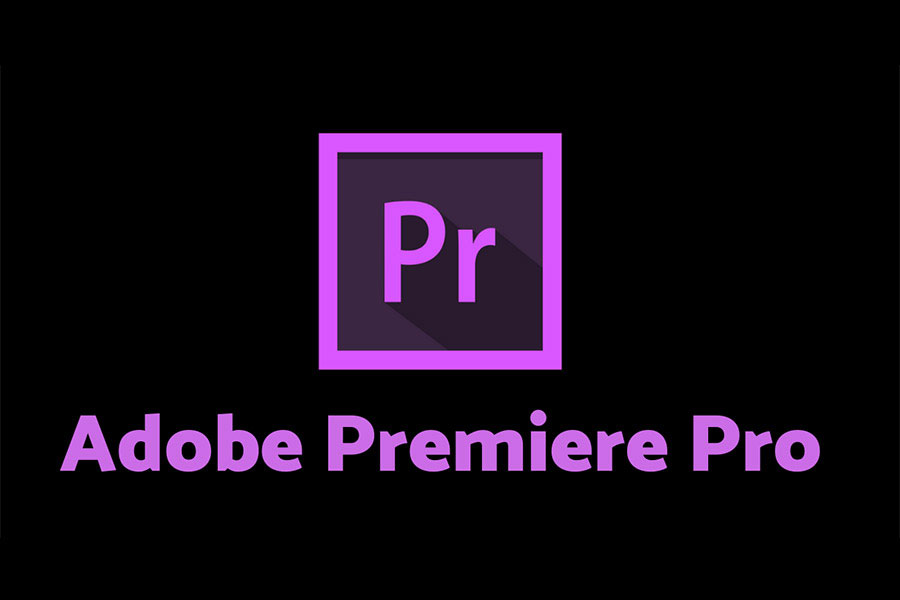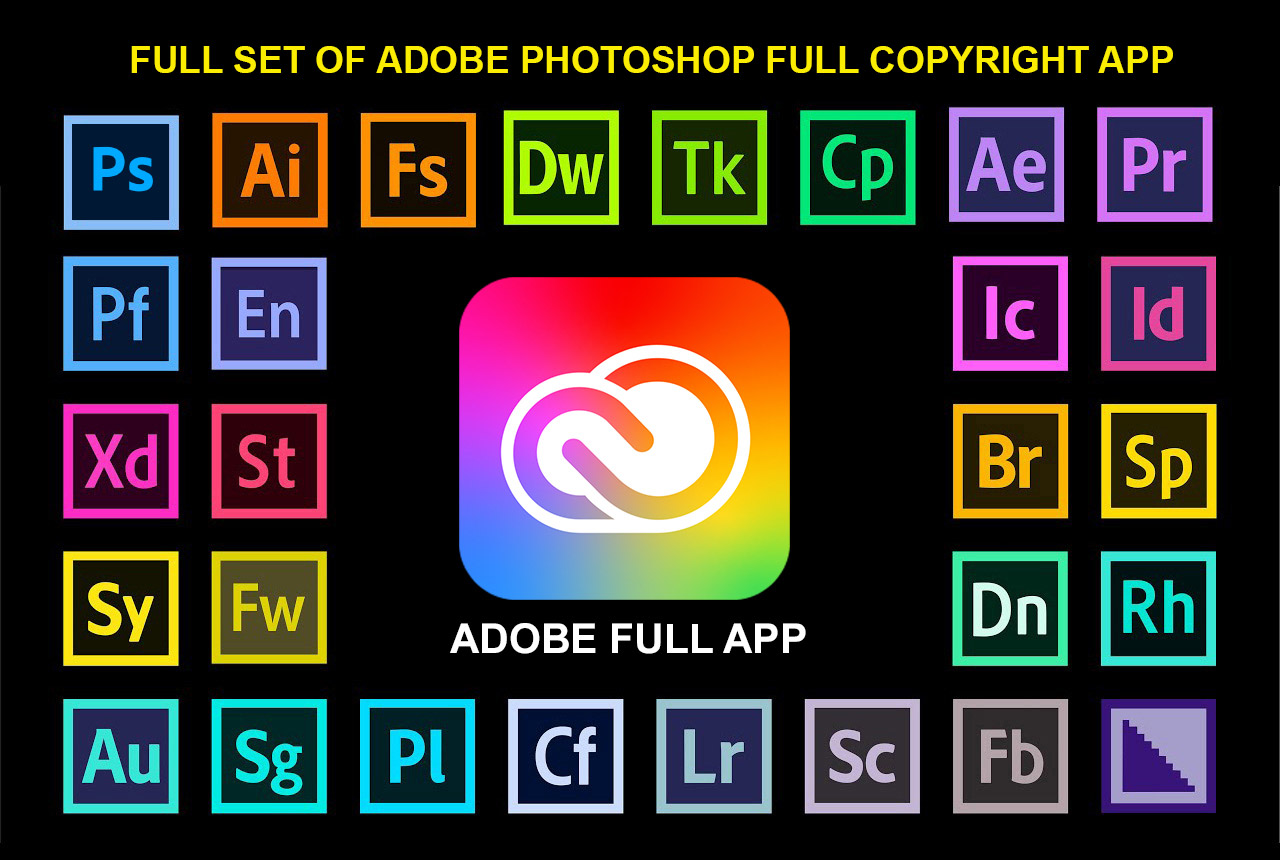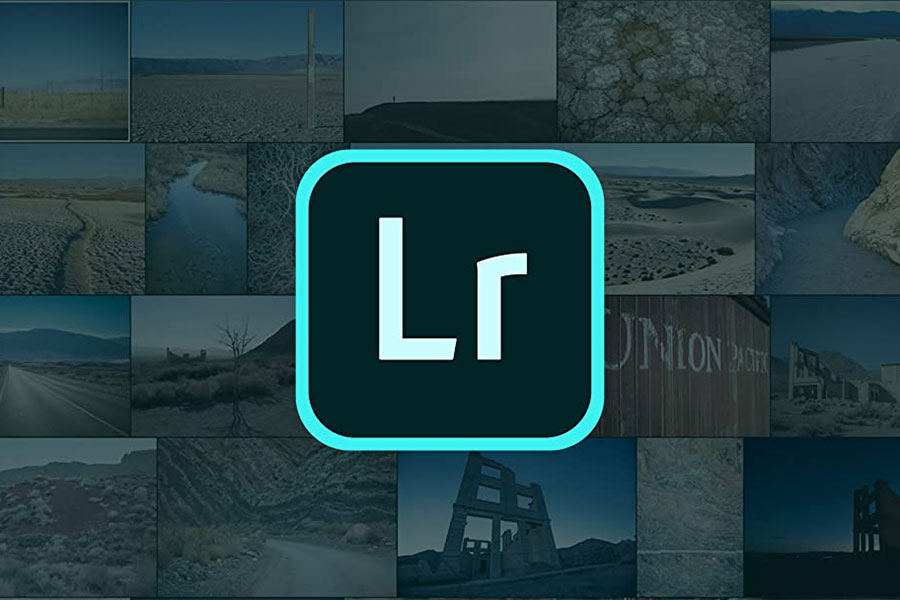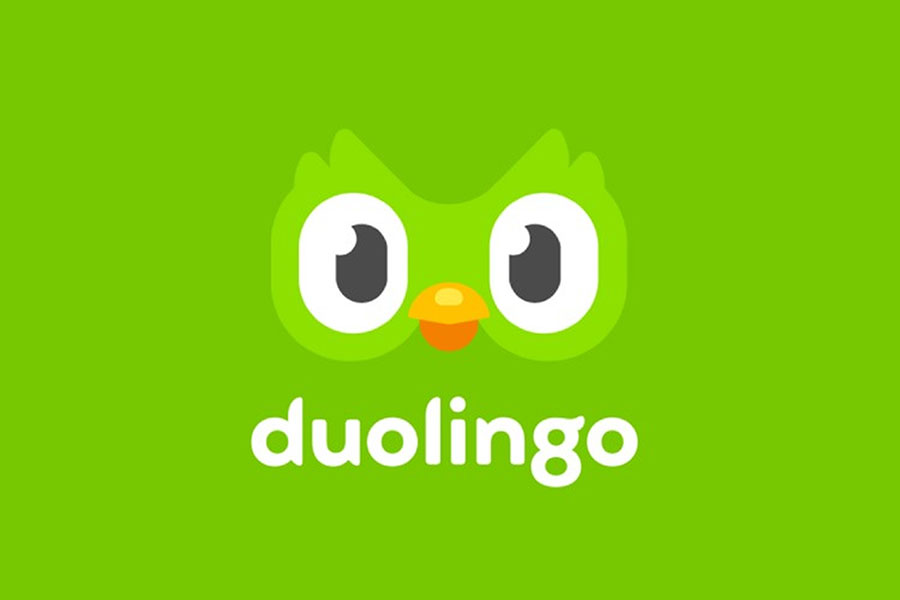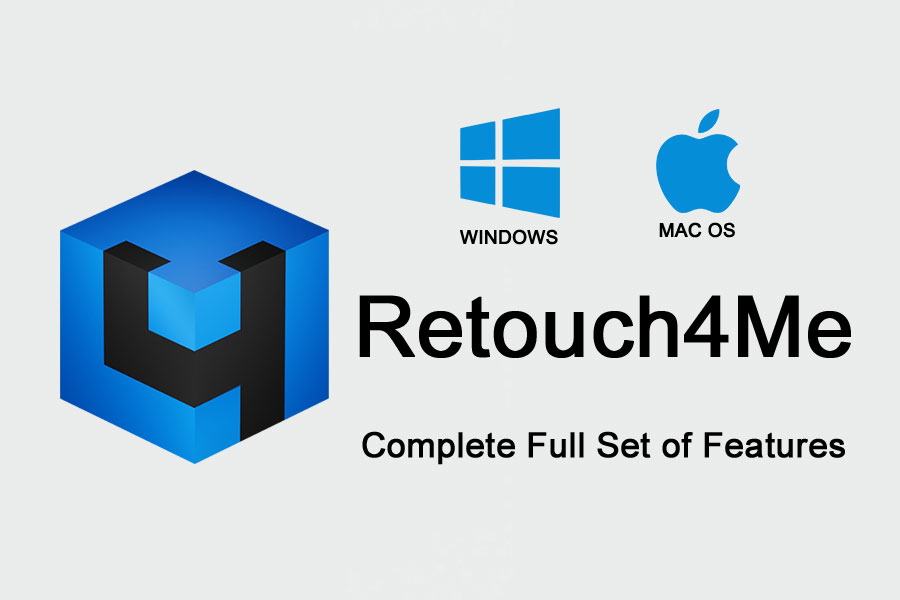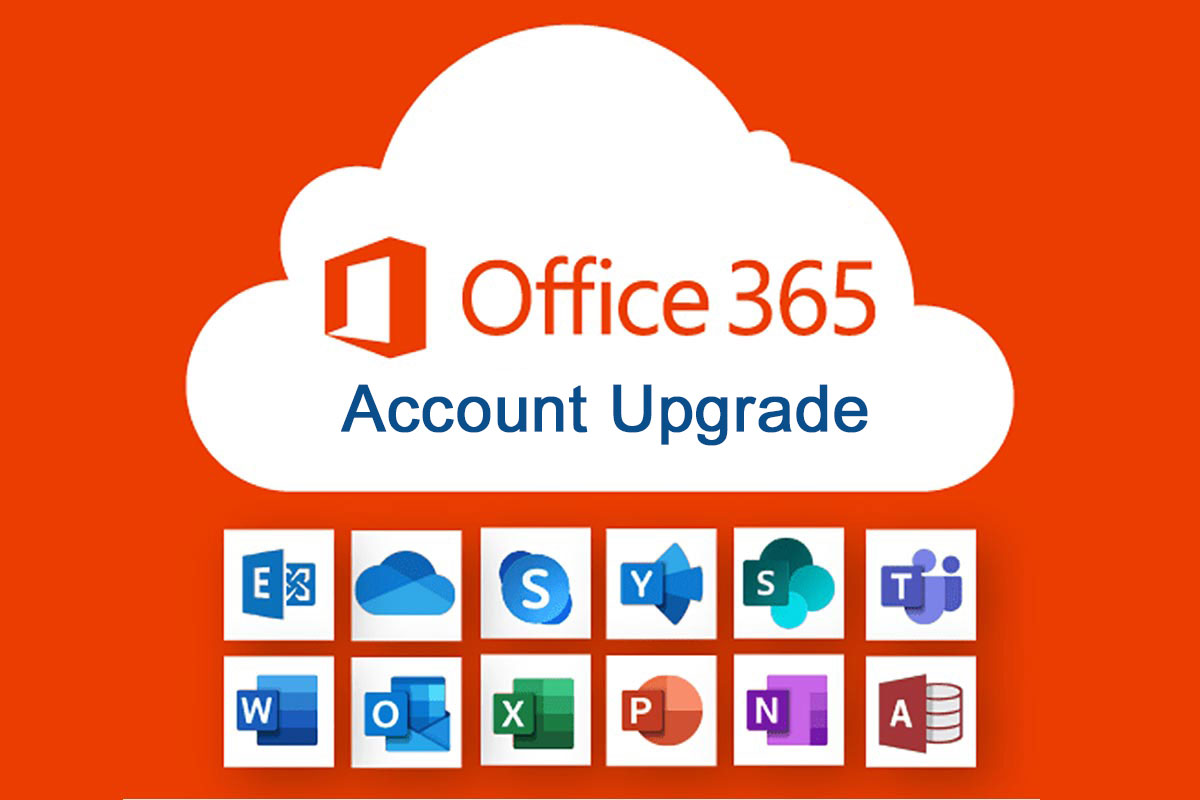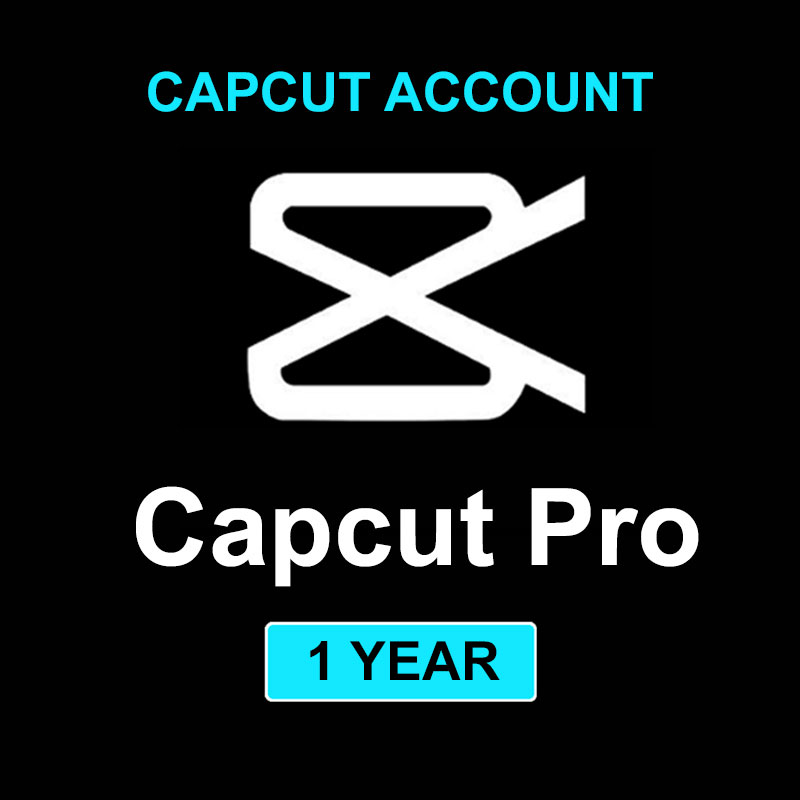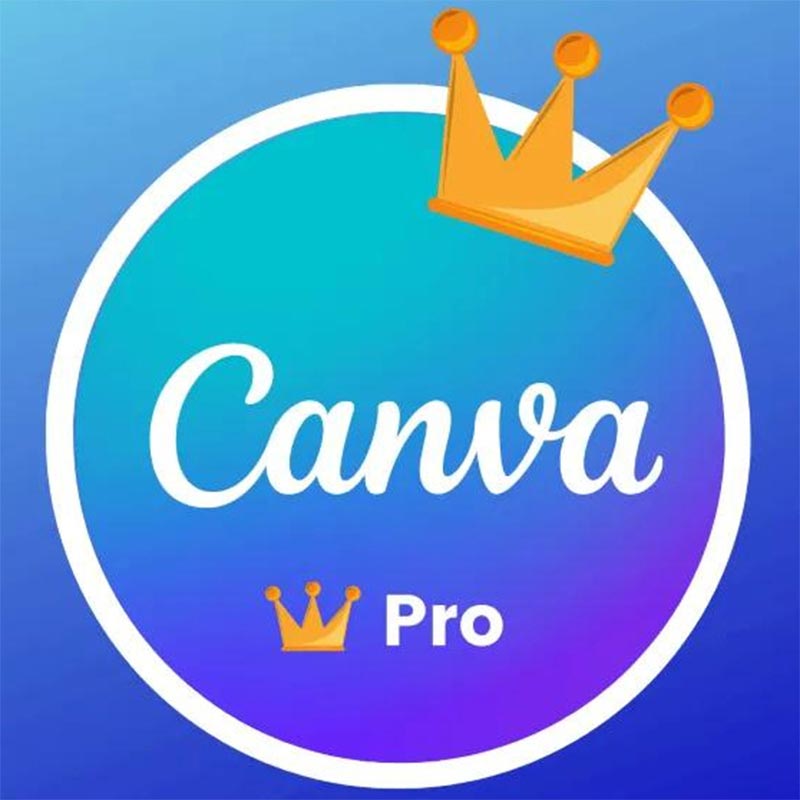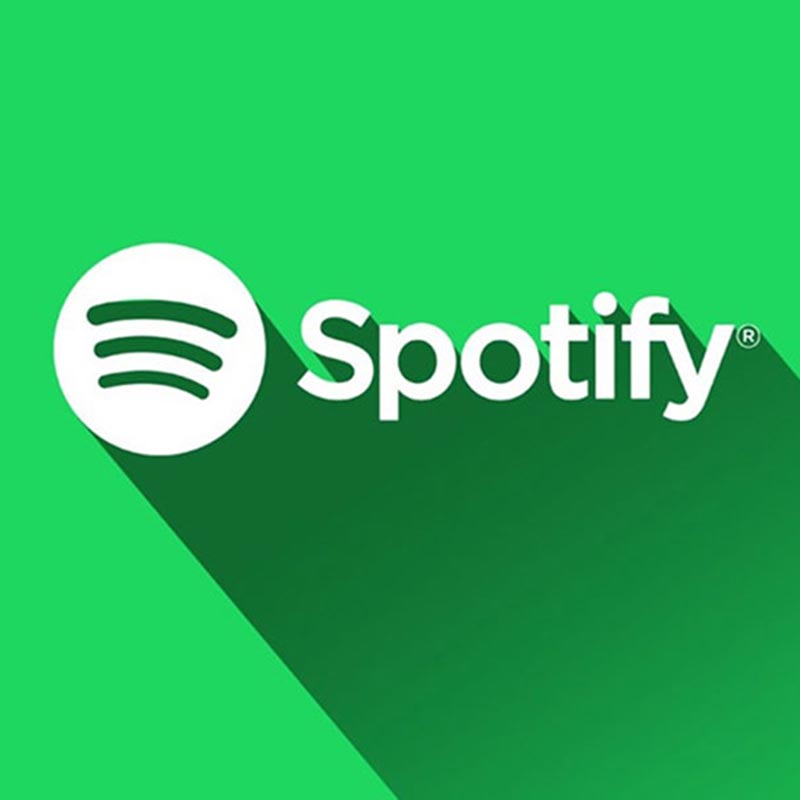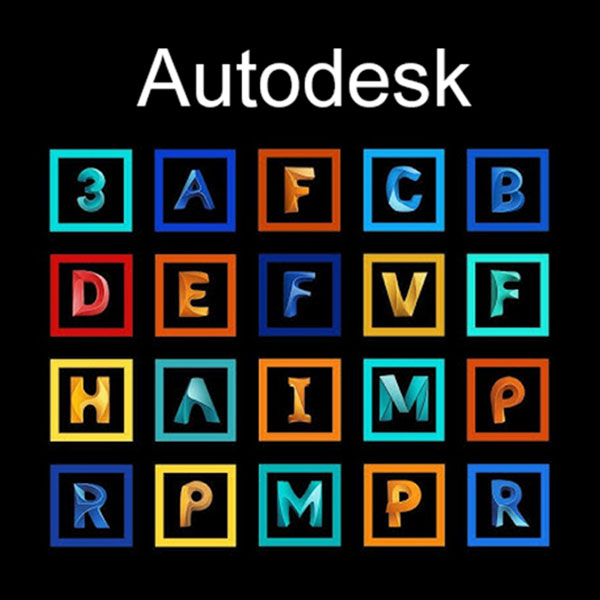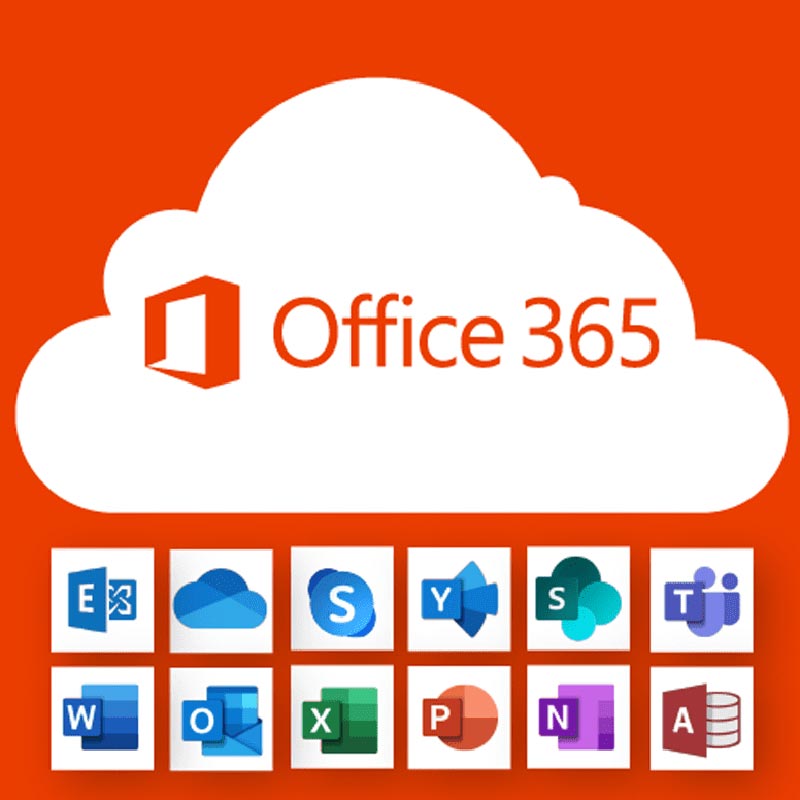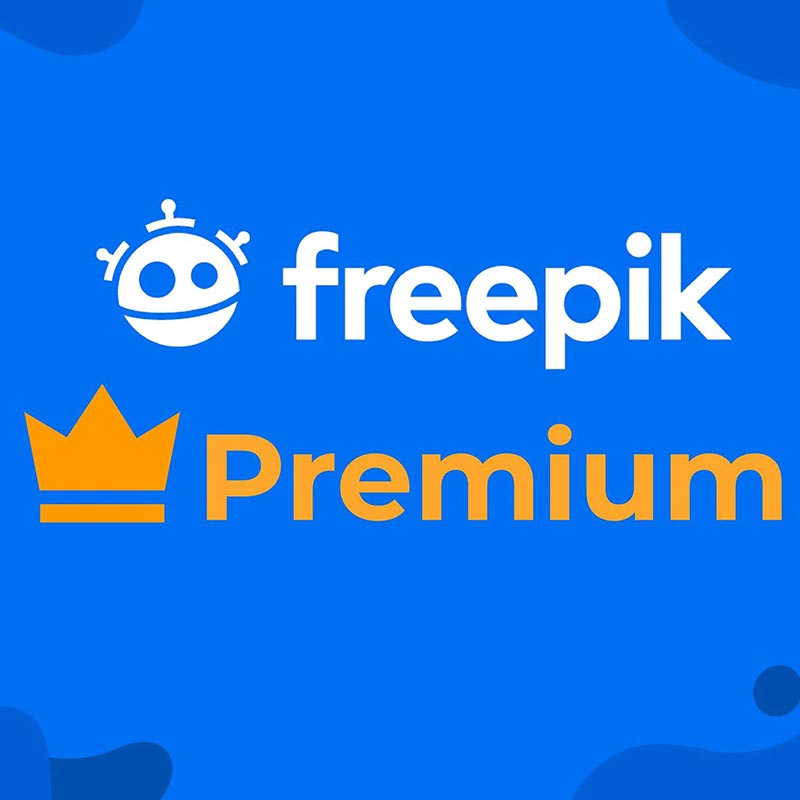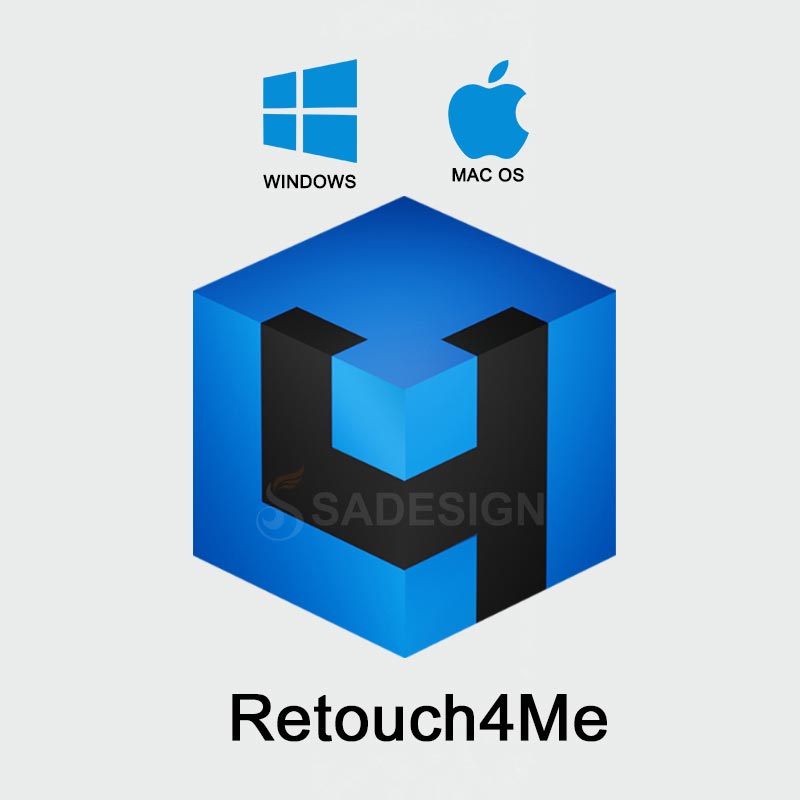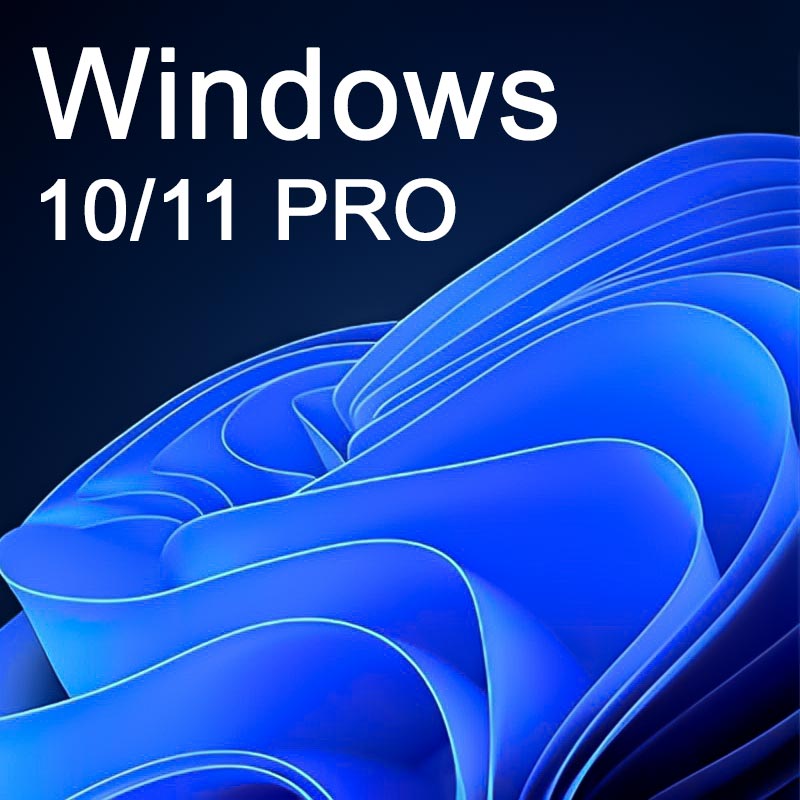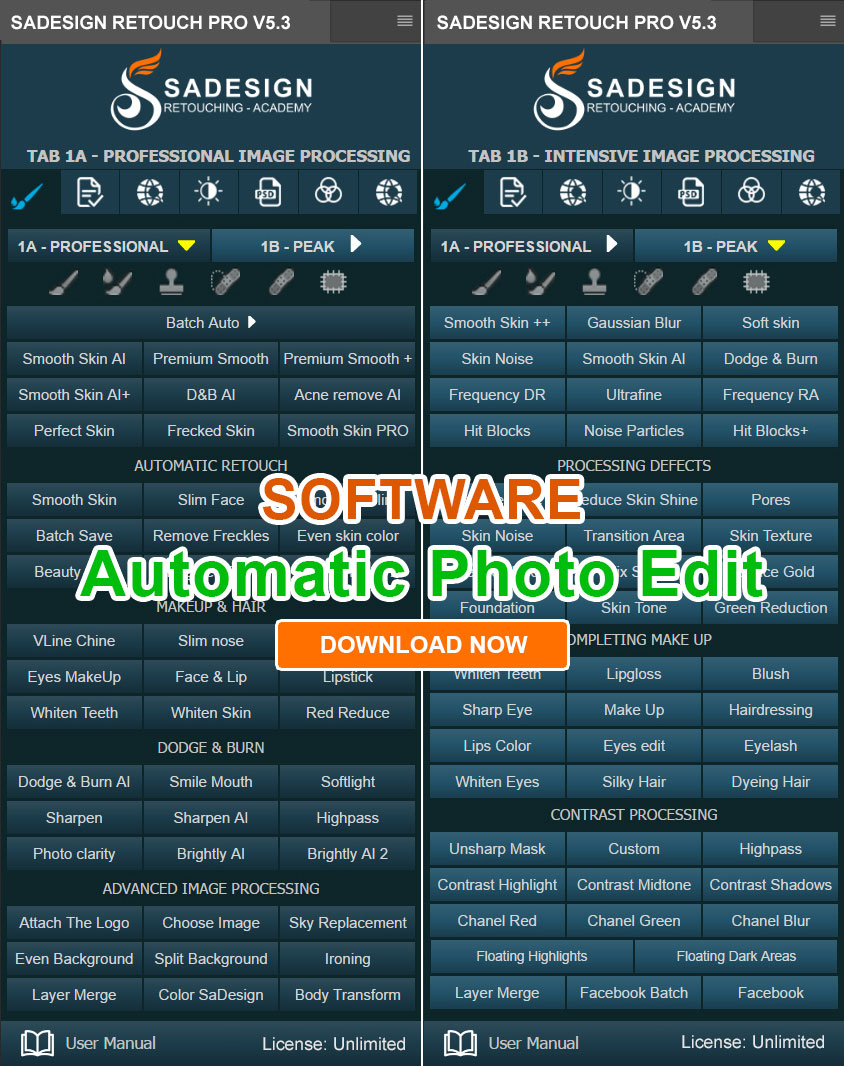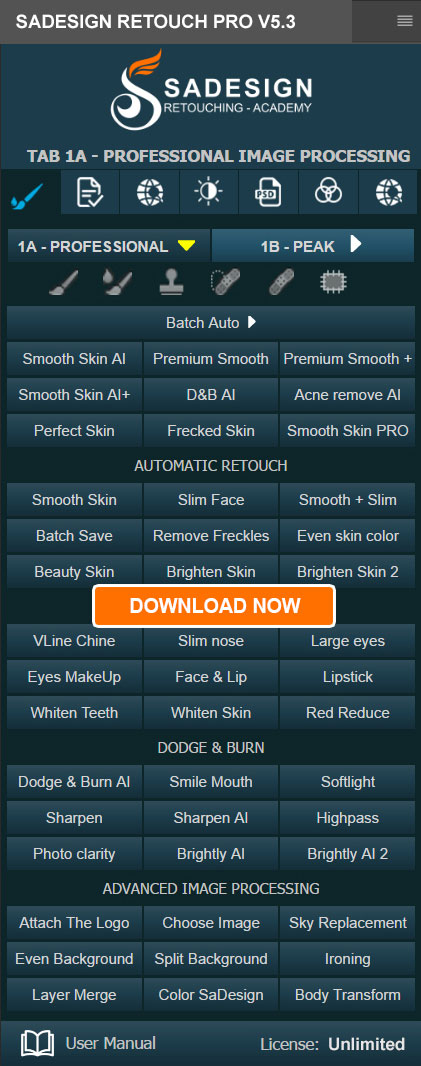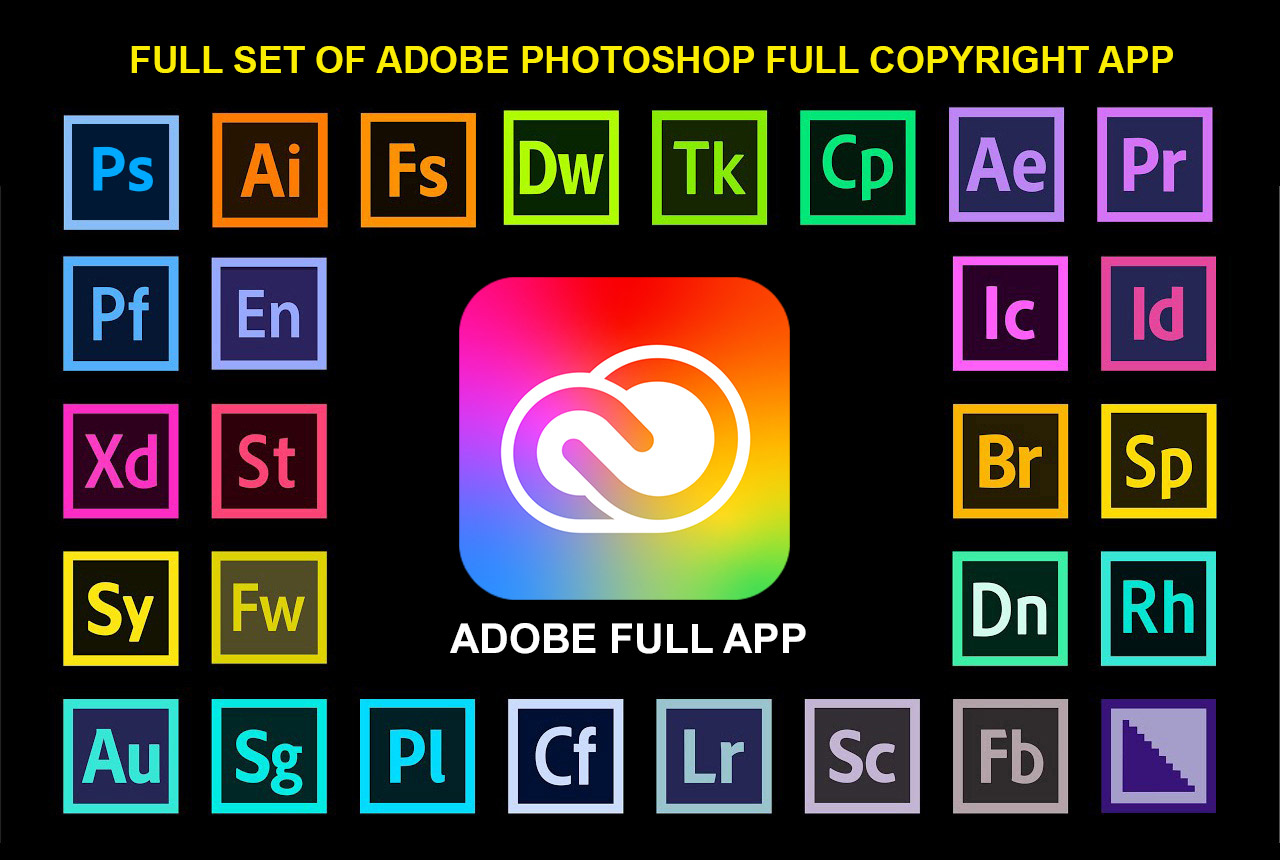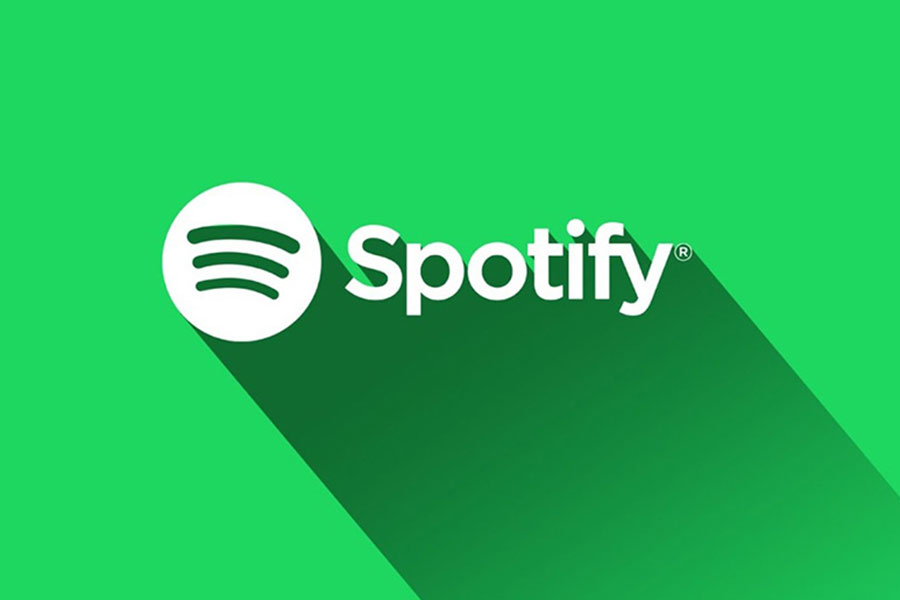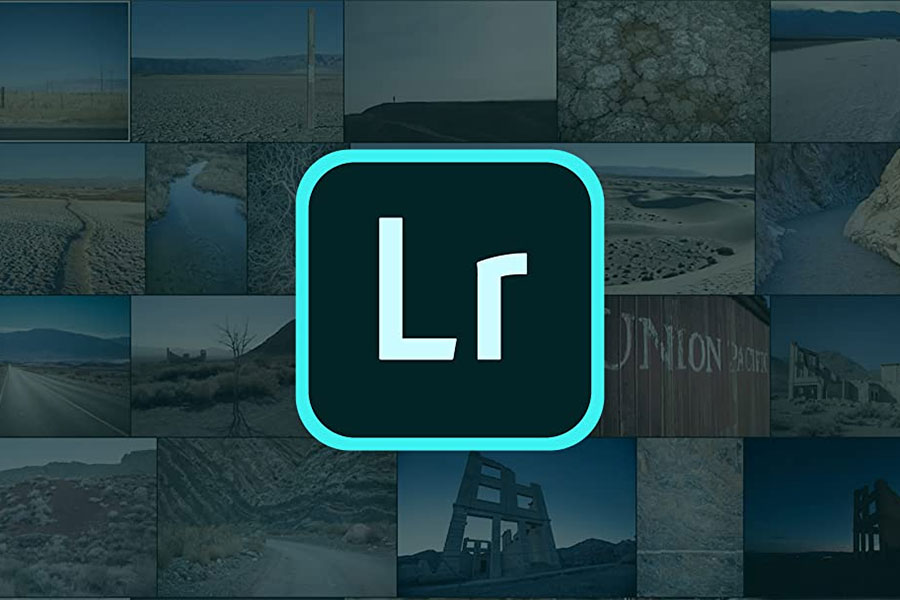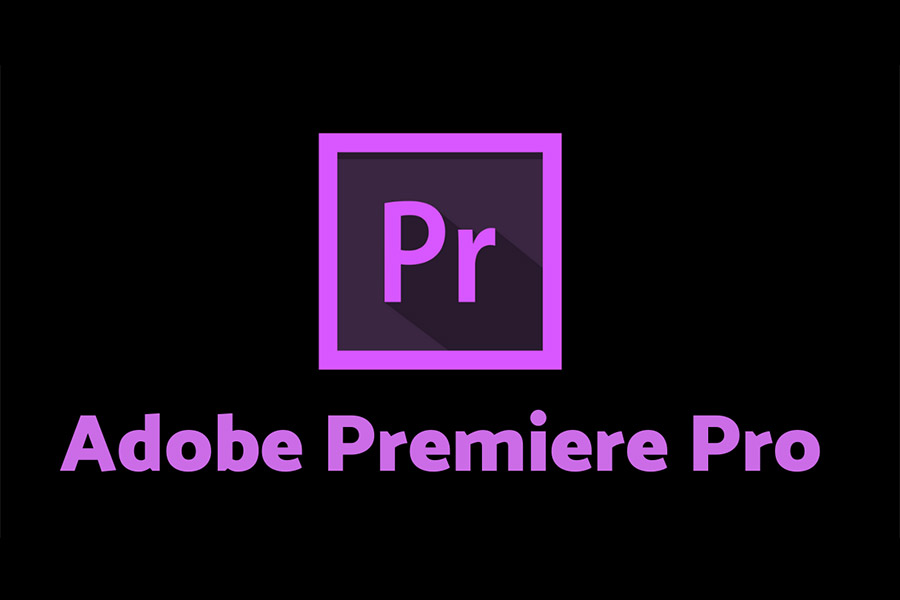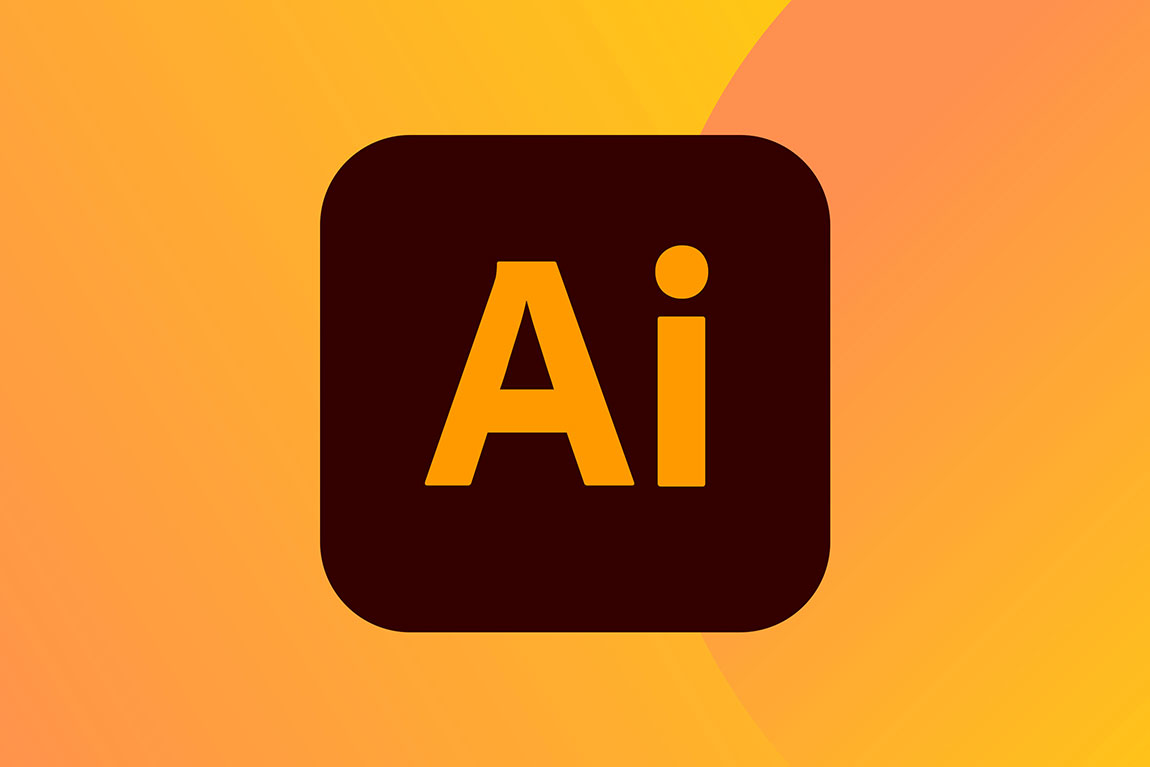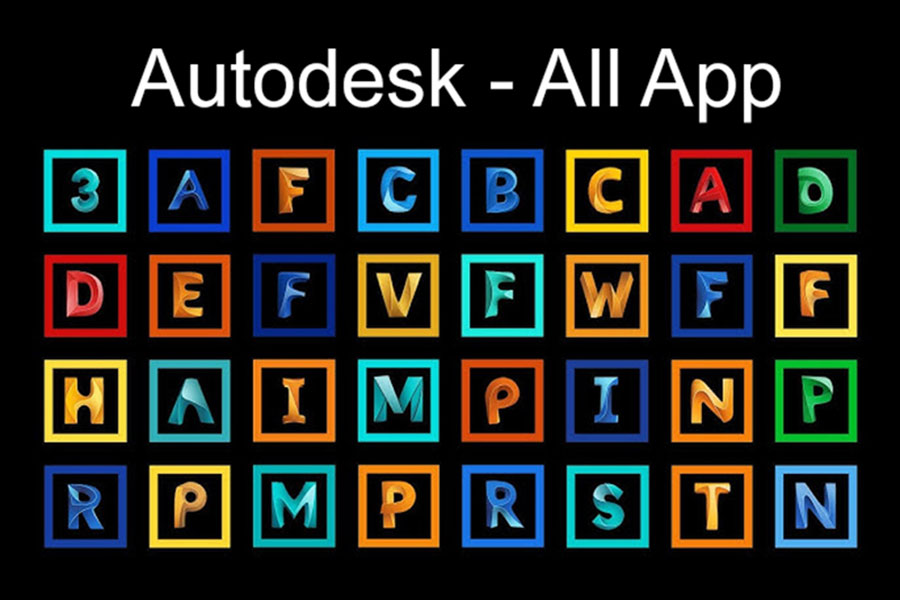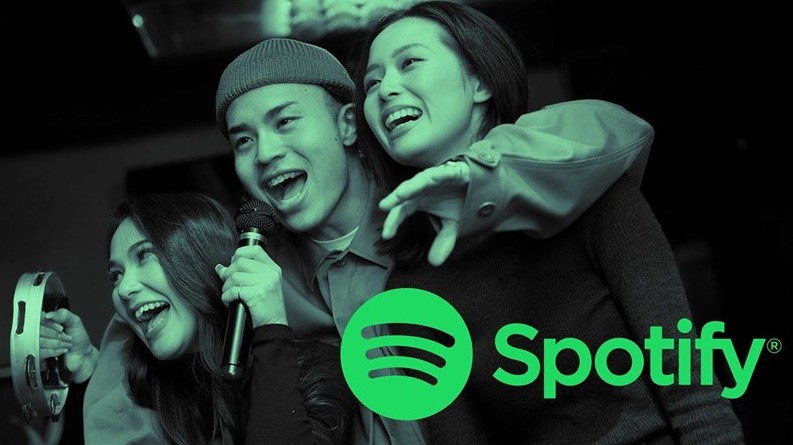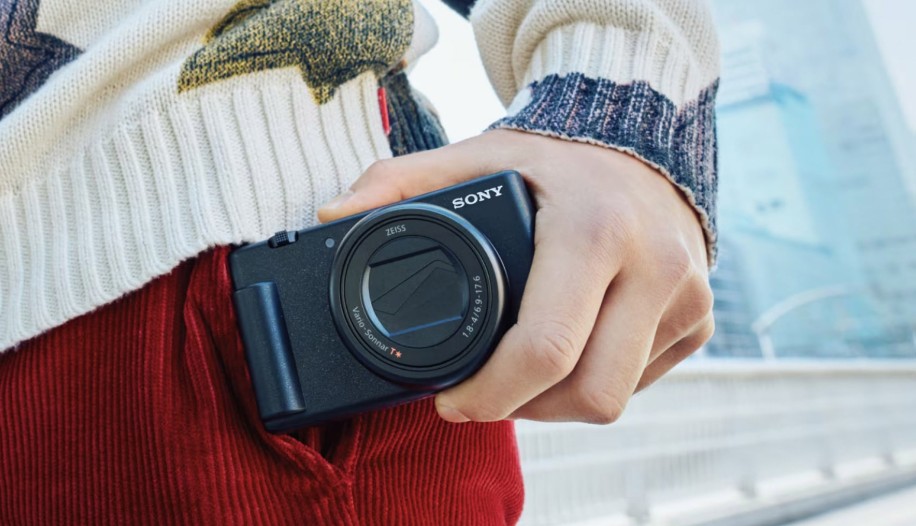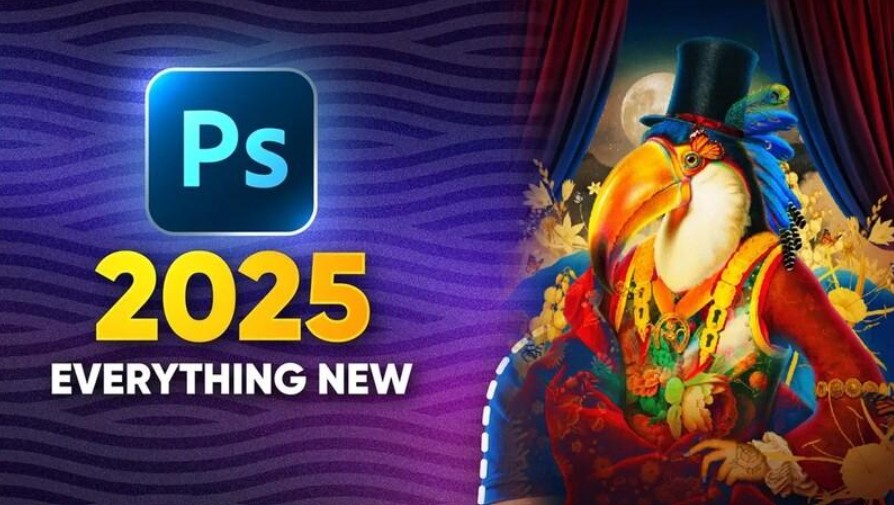Best Selling Products
Don't just listen, now you can "chat privately" right on Spotify
Nội dung
Spotify officially launched a direct messaging feature in the app, allowing users to share music, podcasts and audiobooks with personal messages.
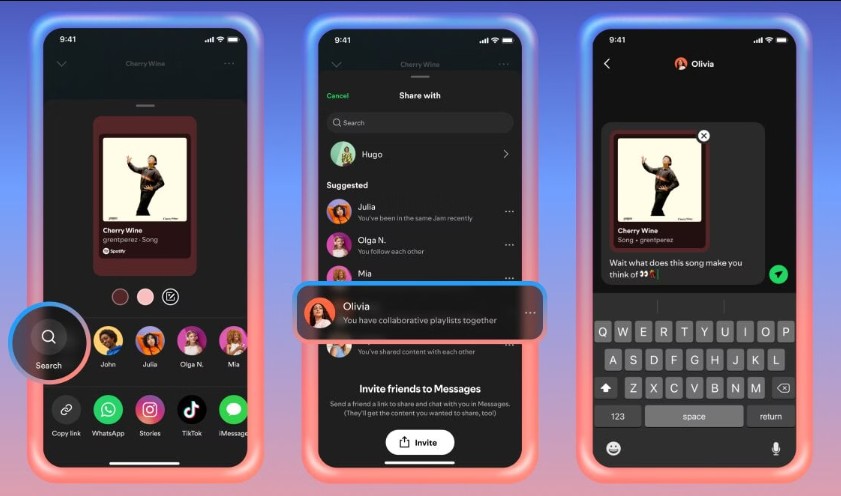
Spotify has recently launched a Direct Message feature in the app, allowing users to share music, podcasts or audiobooks with personal messages to friends. Users just need to press the “Share” button and select the people they are connected to on the platform to send the content. However, to do this, Spotify requires users and recipients to have a history of previous interactions through activities such as listening to music together in Jams or creating Collaborative Playlists : collaborative playlists between many people.
At first glance, this may seem like a small update, but for those who have followed Spotify's development over the years, it's a major turning point in its strategy to transform Spotify from a mere music streaming platform into a true music social network .
1. Spotify and the journey of socializing the music listening experience
To understand the significance of the new feature, it’s important to look back at the long journey Spotify has taken over the past decade. When it first launched, Spotify’s goal was simply to provide users with easy access to a global music library. However, in an age where streaming platforms like Apple Music, YouTube Music, and Amazon Music have mushroomed, simply having a huge music library is no longer enough to retain users.
Spotify soon realized that the real value wasn’t just in the music, but in how users experienced it together . From there, the company began building a series of features around connection and interaction.
Collaborative Playlists was born, allowing multiple people to create and edit playlists. This was the beginning of a more personalized, communal music experience. Then came Spotify Wrapped, a brilliant marketing campaign that turned users’ personal data into “musical stories” that everyone wanted to share.

Next up is Spotify Jams, launching in 2023, which will allow users to listen to music together in real time. Even if they are halfway around the world, two people can listen to the same song, feel the same beat, and be in the moment together.
And now, the direct messaging feature is official. It not only simplifies sharing, but opens up a new layer of communication, bringing Spotify closer to the form of a music social network where emotions are conveyed through each melody .
2. How does direct messaging work?
In terms of user experience, Spotify has opted for a subtle approach rather than a complex one. Instead of creating a separate chat space, the app integrates direct messaging right into the sharing action. When users are listening to a song, they just need to tap the familiar “Share” button. In addition to options like sharing to Instagram, Facebook or WhatsApp, there will now be an option to “Send to Friend”.
When selecting a friend from the list, a small message window will pop up, allowing the sender to write a few short lines of sharing. The message can be an emotional sentence, a message, or simply an icon expressing the mood. When opened, the recipient will see the song, album art and accompanying message, all displayed intuitively and smoothly.
Spotify doesn’t allow you to send messages to just anyone, however. To be able to send messages, you have to have had some interaction, such as listening to music together via Jams, editing a Collaborative Playlist together, or sharing songs with each other before.
This is an important detail that reflects Spotify’s design philosophy: to promote meaningful connections, not superficial interactions. Instead of turning Spotify into a chat app like Messenger or Telegram, the company wants to maintain its own identity.
Messaging isn’t about chatting, it’s about sharing musical vibes with like-minded people. And that’s what sets Spotify apart from traditional social networks.
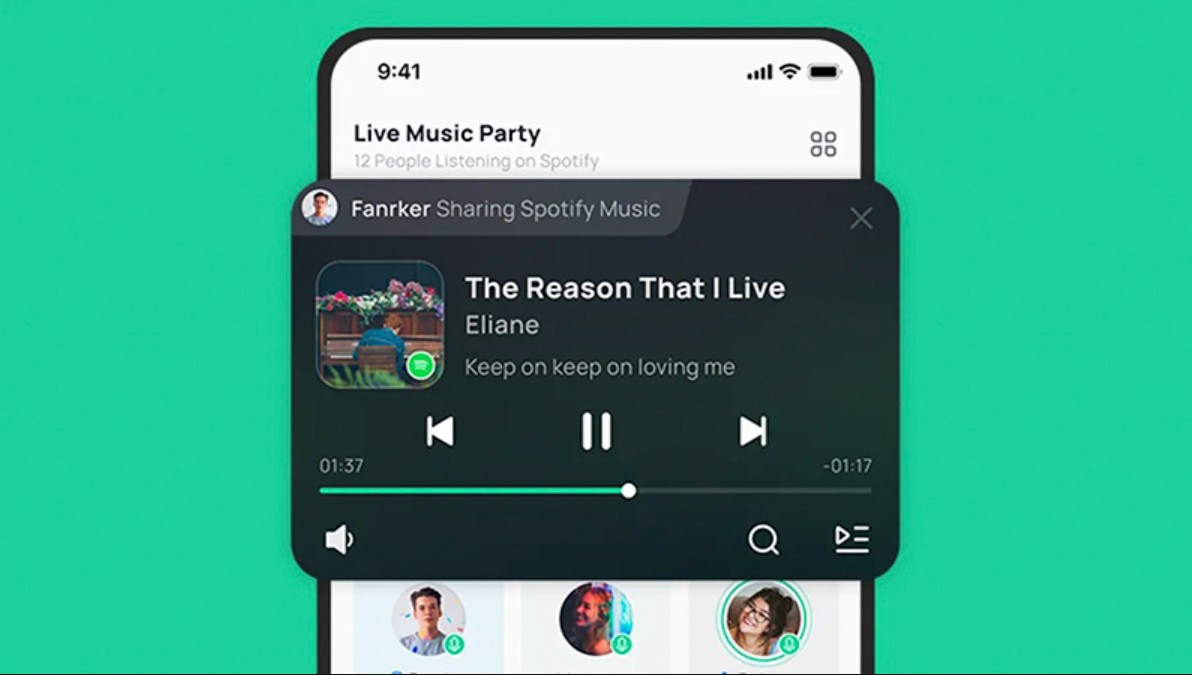
3. Design a simple yet elegant experience
From a UX designer's perspective, it's clear that Spotify put a lot of thought into how this feature is presented.
Instead of creating a separate “chat room”, Spotify chose to blend the messaging experience with the act of listening to music. When sending a song, the chat interface appears smoothly right on the sharing screen. The album cover image is minimized, the message line is neat, not interrupting the listening experience. The black – gray – neon green color scheme is still retained, bringing a familiar but modern feel.
What is remarkable is that the interface is designed to “hide”. It does not try to attract attention, but only plays a supporting role, helping users convey their emotions naturally. This seamlessness is a testament to the philosophy of “ design that disappears”.
Every little detail, from the way message bubbles slide in when sent, to the transition effect when opening a chat window, is refined to create a sense of intimacy. Spotify doesn’t go for ostentation, it goes for subtlety.
4. When Spotify wanted to become a music social network
On closer inspection, it becomes clear that the addition of messaging wasn't a spur-of-the-moment move, but rather a carefully calculated strategic step in Spotify's long-term growth roadmap.
In the context that social networking platforms are looking for ways to retain users through images and videos, Spotify chooses a different direction, using music as a connecting material .
Music is a powerful form of expression. It doesn’t require many words, but it touches the deepest layers of the human soul. When someone sends you a song, it’s not just an act of sharing content, it’s another way of saying “I see you,” “I’m thinking of you.”
By allowing users to send music with messages, Spotify is building a new language of communication, gentle yet profound. Instead of exchanging words, users can now “speak with music” and it is an emotional connection that is more lasting than any other platform can provide.
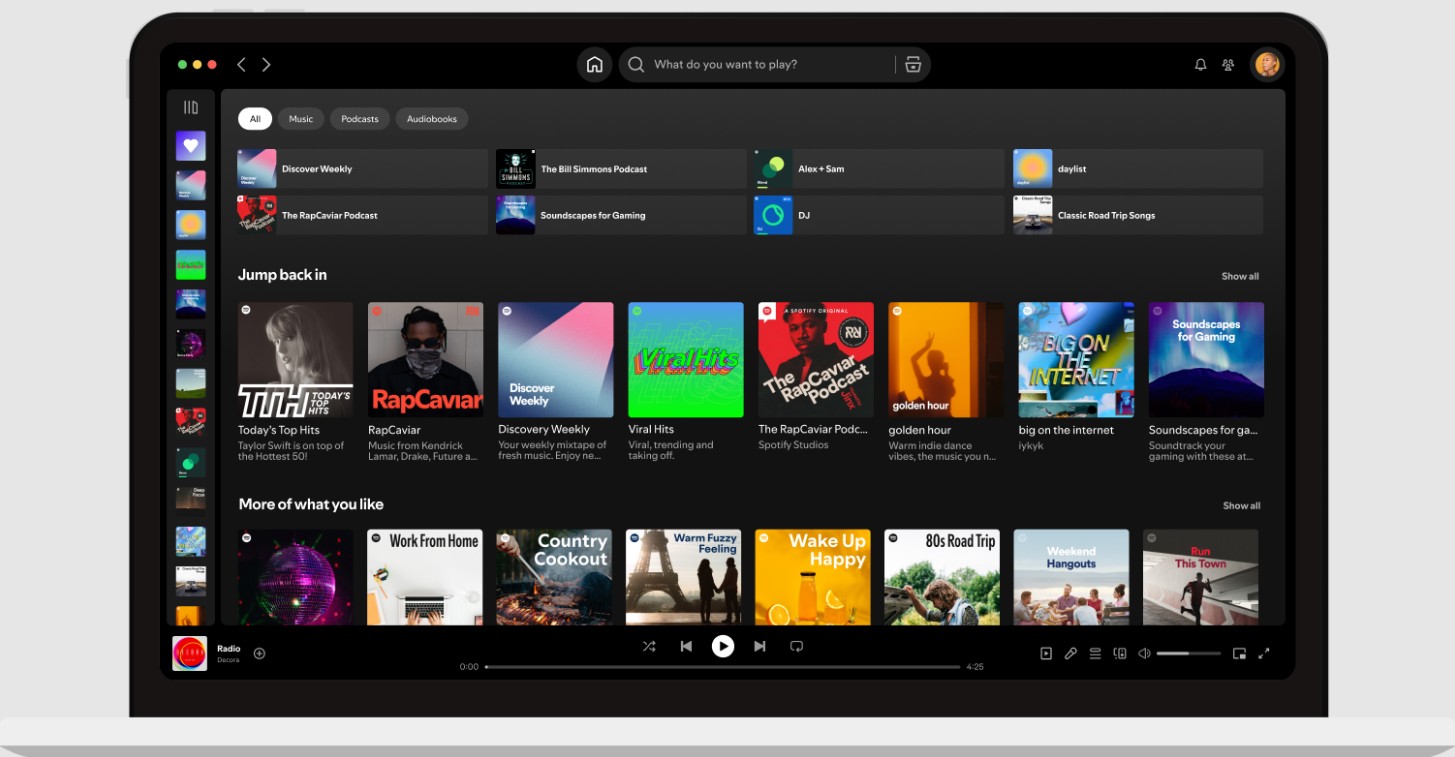
Beyond the emotional aspect, there’s also a business side to it. As users spend more time in the app, Spotify can increase its average session time, while also collecting more behavioral data to improve its recommendation algorithms.
Not only that, data from messages such as sharing frequency, emotional content, or the type of music sent can help Spotify understand users better. The system can then tailor music recommendations to suit mood and context. For example, if you tend to share sad music in the evening, the app will gradually prioritize lighter playlists during that time frame.
This strategy is both subtle and effective. It allows Spotify to capture users’ time and attention without having to advertise heavily.
5. Impact on user community
For individual users, this feature brings a whole new way to share emotions. Sending a song is no longer just a simple action, but a way to tell a story. Users can send a song with a few lines like “listening to this song reminds me of you” or “this is the perfect song for this morning”. It is these simple messages that create a deep emotional connection without the need for flowery language.
In a world where people are accustomed to quick, short, and cold interactions, Spotify creates a space for people to have real conversations. A song can sometimes say more than a thousand words. And that’s the human value this new feature brings.
For artists, this is also an opportunity to bring their work closer to listeners. When a song is shared via text message, it does not just appear in an anonymous playlist, but carries the personal emotions of the sender. This increases the possibility of natural spread, as each person becomes an “emotional ambassador” for their favorite song.
In the future, if Spotify expands to include responses like “reply with a song,” we could see a whole new form of conversation.

6. Design perspective
One of the biggest challenges of incorporating social elements into music apps is how to do it without disrupting the user’s personal space. Listening to music, for many people, is a personal act, sometimes a way to find solitude or escape from the hustle and bustle of life.
Spotify understands this, which is why they don’t allow messaging with strangers. All conversations must start with an existing relationship. This is a humane design decision that ensures users always feel safe and respected.
This limitation doesn't make the connection less social, but rather increases the value of each connection. When you get a music message from someone, you know it's someone who has shared your musical experiences, not a random notification from a stranger.
It's the difference between a noisy social network and a truly emotional community. Spotify takes the latter route, and that's what makes them stand out.
7. Comparison with other platforms
If we compare Spotify to other giants in the social media and streaming space, the differences are clear. Facebook connects people through real identity, Instagram through images and lifestyle, TikTok through short videos and entertainment. Meanwhile, Spotify connects people through music, a more emotional, subtle and deeper form of connection.
This makes Spotify not compete directly with the above platforms, but is opening up a whole new social world where music becomes a means of expression and connection.
In some ways, Spotify is becoming the “Instagram of music.”
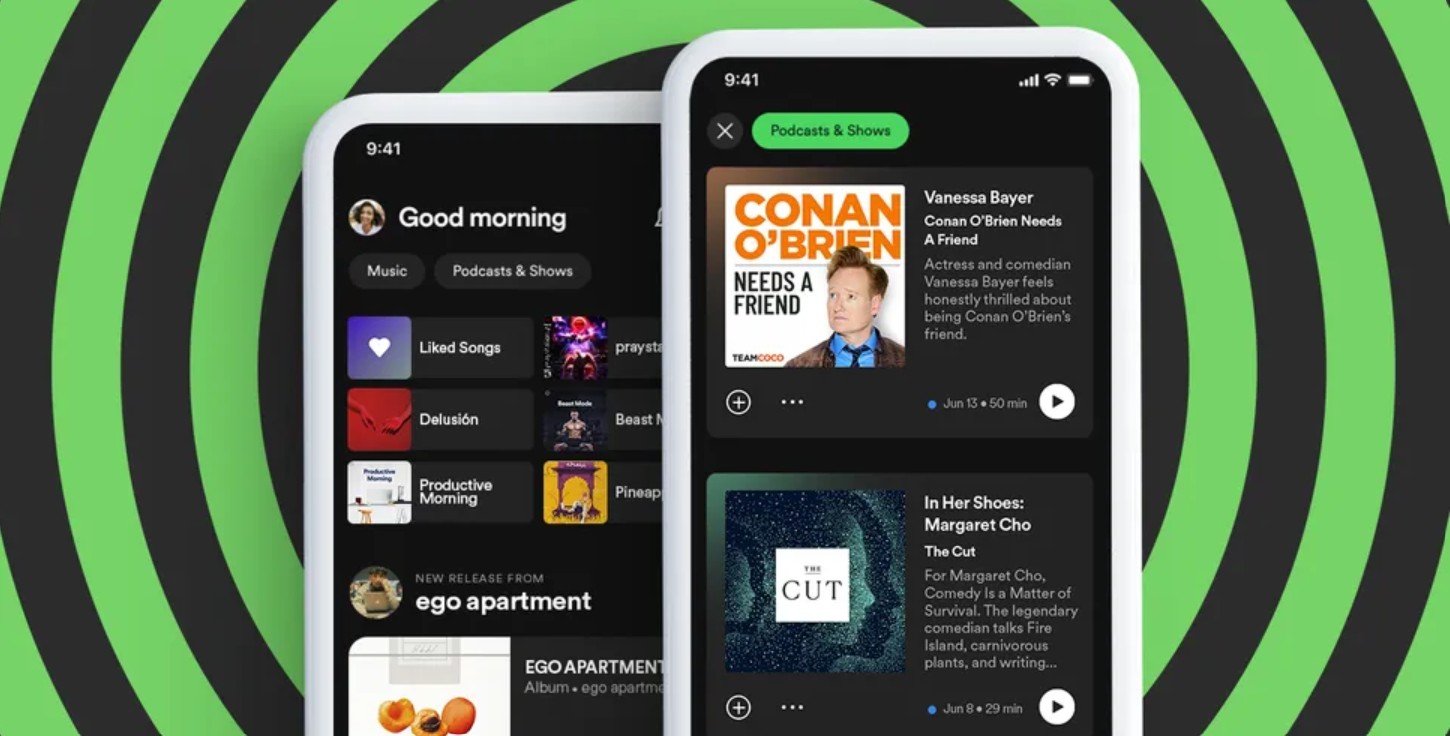
The introduction of messaging may just be the beginning. Many experts predict that Spotify will soon expand its social ecosystem with new features such as sharing music listening moments as stories, creating a feed of friends' music activities, or even allowing users to respond with emojis or short music clips instead of words.
If that becomes a reality, Spotify could become a comprehensive music social network where music is not just listened to, but lived, felt, and spread.
And then, every act of listening to music will not just be a personal choice, but part of a global emotional conversation.
Spotify’s direct messaging feature is a testament to a larger vision: music is not just content to consume, but a catalyst for human connection. By elegantly combining user experience design, social and emotional elements, Spotify is redefining how we experience and share music in the digital age.
This isn’t just a feature update. It’s a philosophical statement: music is a way for people to talk to each other without words. And Spotify, in its ingenuity, is creating a space for those conversations to happen naturally, honestly, and emotionally.
In the near future, the line between “listening to music” and “communication” will gradually blur. We will not only listen to music, but also live with music, share music and convey emotions through each melody.
